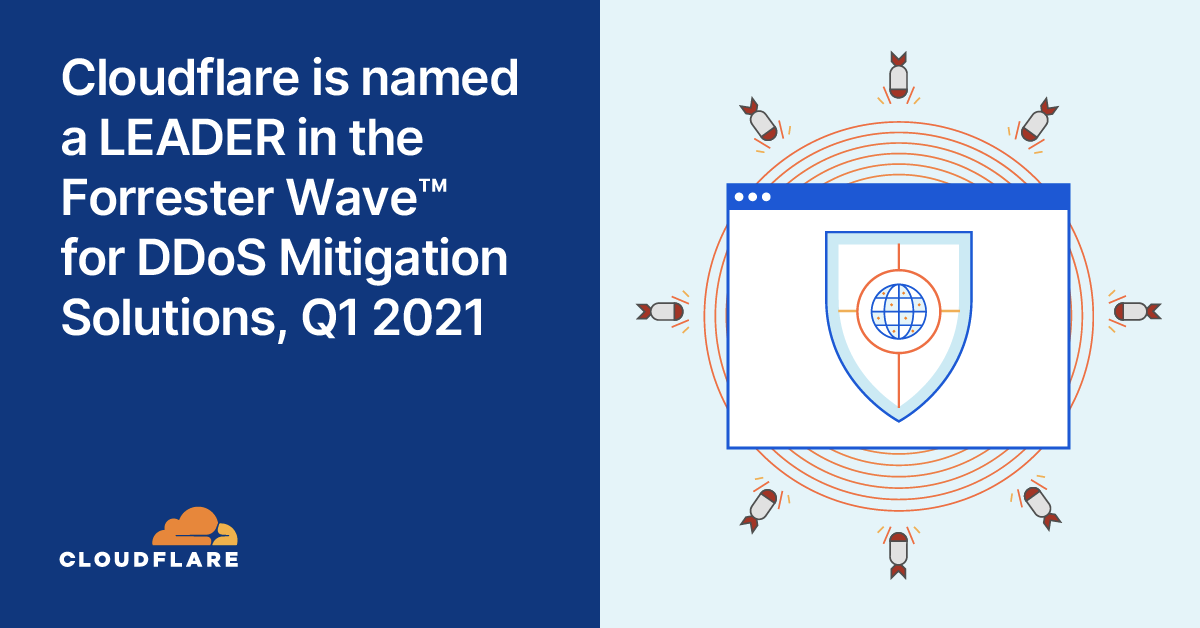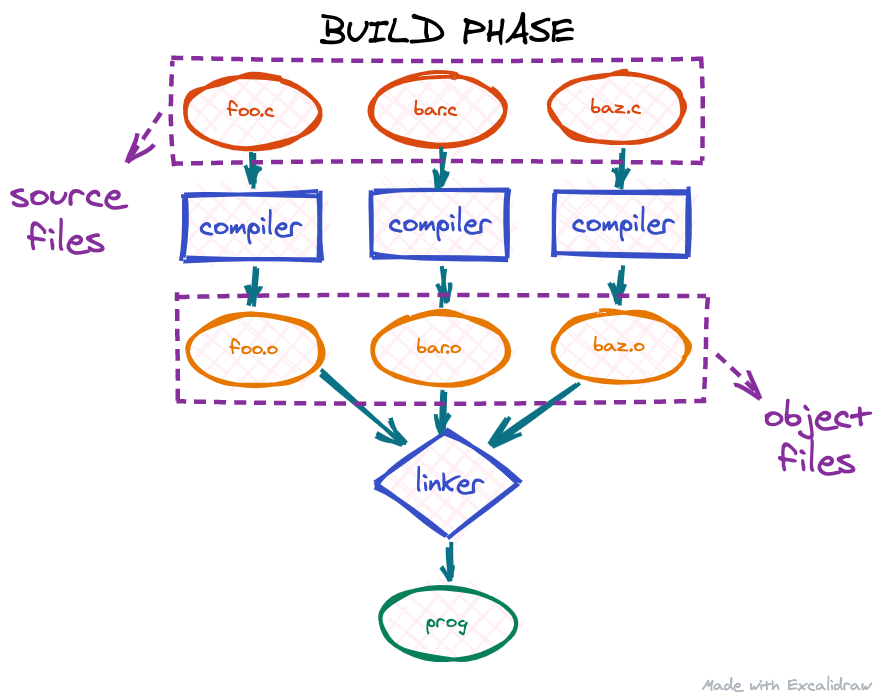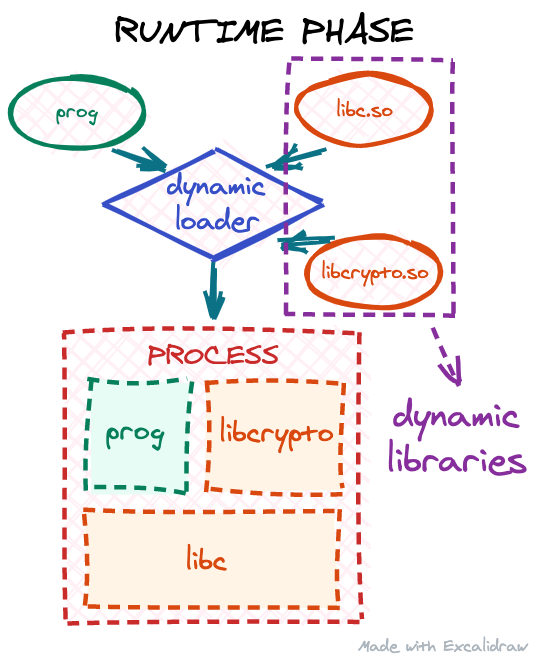Comcast: Internet usage spiked in 2020 as working from home doubled
Overall Internet traffic on Comcast’s network spiked substantially at the beginning of the pandemic in the U.S. in March 2020, but normalized over the subsequent months, according to a report released today by the internet service provider.As the largest individual home ISP in the U.S., Comcast’s data on Internet usage represents a useful snapshot into overall home connectivity during the pandemic.[Get regularly scheduled insights by signing up for Network World newsletters.] Nearly two-thirds of Americans--62%--reported working from home at some point during the current crisis, double the figures for the previous March, the report found. And 93% of households with school-age children reported that those children engaged in distance learning.To read this article in full, please click here


 One aspect of networking is that some understanding of the protocols using the network is required. As HTTPS replaces nearly all other protocols I would suggest that everyone needs a working understanding of how a web page is fetched by a web browser. WebPageTest is a community tool that reads web pages and then displays […]
One aspect of networking is that some understanding of the protocols using the network is required. As HTTPS replaces nearly all other protocols I would suggest that everyone needs a working understanding of how a web page is fetched by a web browser. WebPageTest is a community tool that reads web pages and then displays […]




